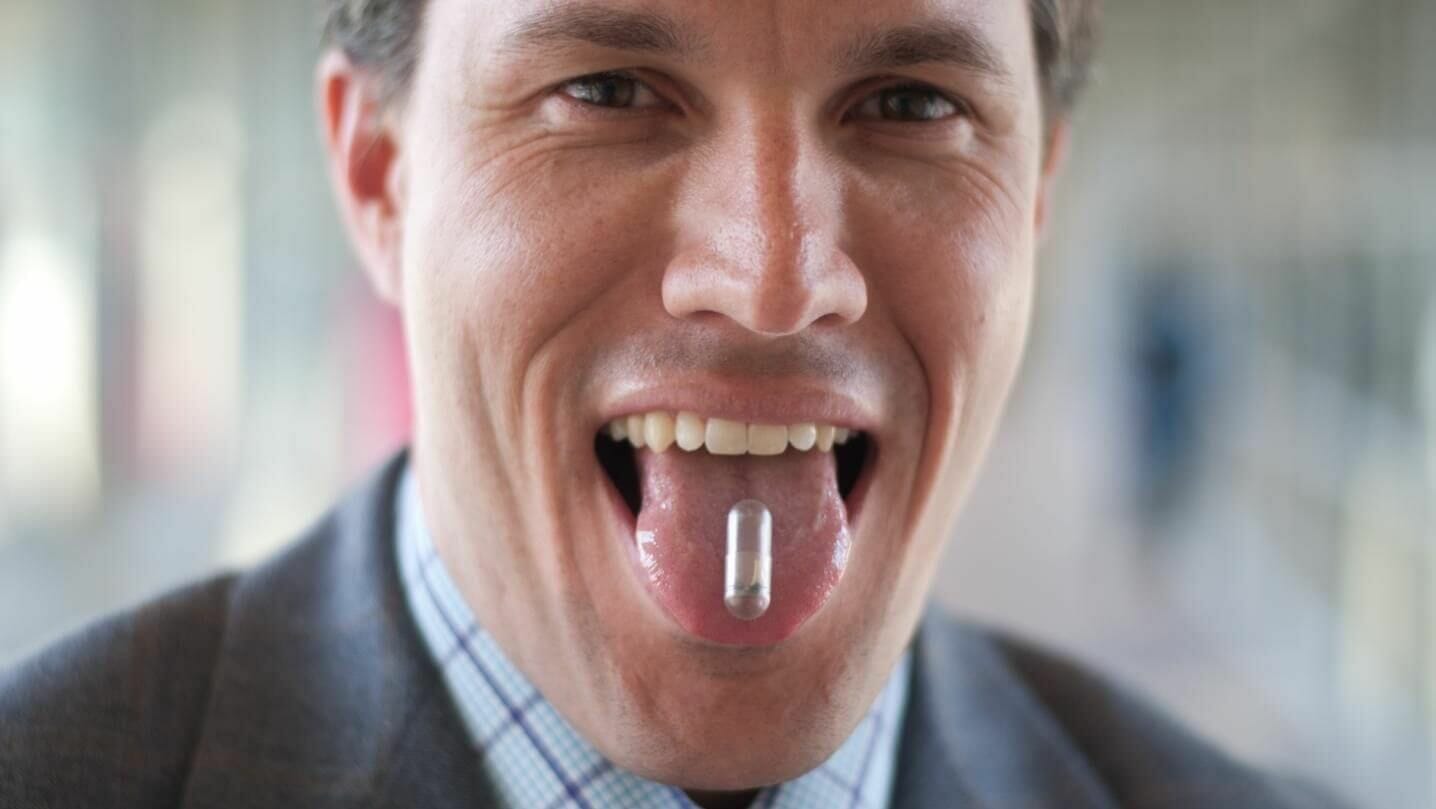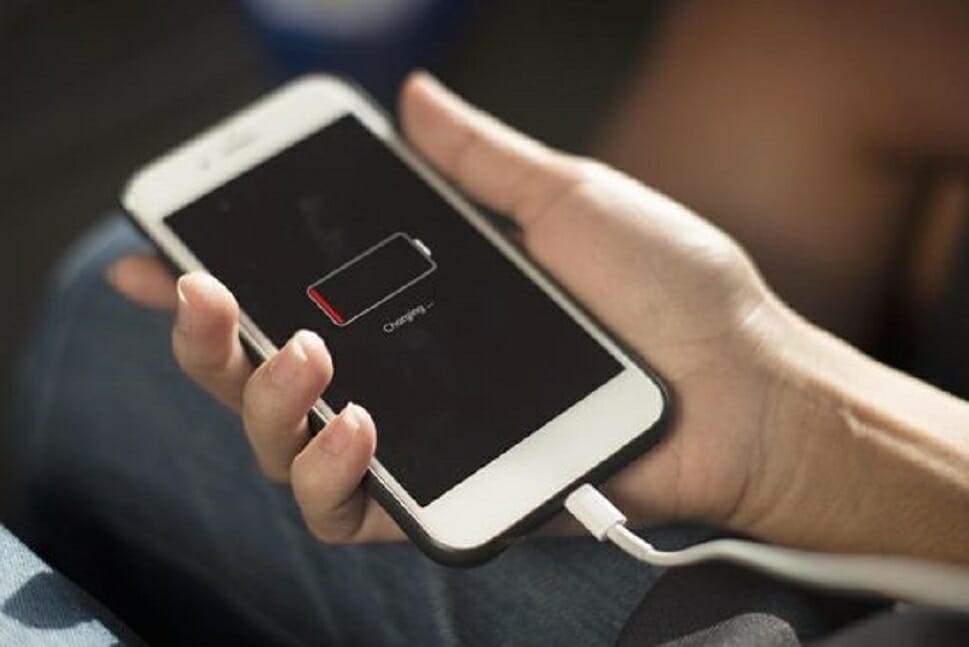After John B. Goodenough co-invented the lithium-ion battery technology that has long been used in the industry, the 94-year-old has developed a better battery that is safer and more efficient than the first.
Together with senior research fellow Maria Helena Braga at the Cockrell School of Engineering at The University of Texas at Austin, he created the first ever all-solid-state battery cells that is not only noncombustible, but also has a long battery life, high volumetric energy density and fast rates of charge and discharge.
“Cost, safety, energy density, rates of charge and discharge and cycle life are critical for battery-driven cars to be more widely adopted. We believe our discovery solves many of the problems that are inherent in today’s batteries,” Goodenough said.

John B. Goodenough. Source: University of Texas
It uses glass electrolytes rather than liquid electrolytes, enabling the use of an alkali-metal anode (lithium, sodium or potassium) and preventing explosions and fires caused by dendrites in liquid electrolytes when the battery cell is charged too quickly. This also allows for the increase of the energy density of a cathode – at least thrice that of the present lithium-ion batteries – and a long cycle life.

Lithium ion battery. Source: Ecomento
That means that a car with this battery can drive more miles between charges. More importantly, it gives way for a greater number of charging and discharging cycles, hence longer-lasting batteries and a faster rate of recharge of minutes rather than hours.
Moreover, the glass electrolytes permit cars having this battery to perform well in subzero degree weather, as it operate at a temperature low of -20 degrees Celsius. That makes it the first all-solid-state battery cell that can operate under 60 degree Celsius.
Because the two has this choice of electrolytes that allow them to plate and strip alkali metals on both the cathode and the anode side without dendrites, it is easier for them to fabricate the battery cell.
Braga pointed out that the materials for this battery can easily be found. “The glass electrolytes allow for the substitution of low-cost sodium for lithium. Sodium is extracted from seawater that is widely available,” she said.
Applications are foreseen but not limited to safer, faster-charging, longer-lasting rechargeable batteries for handheld mobile devices, electric cars and stationary energy storage.
Source: Cockrell School of Engineering














